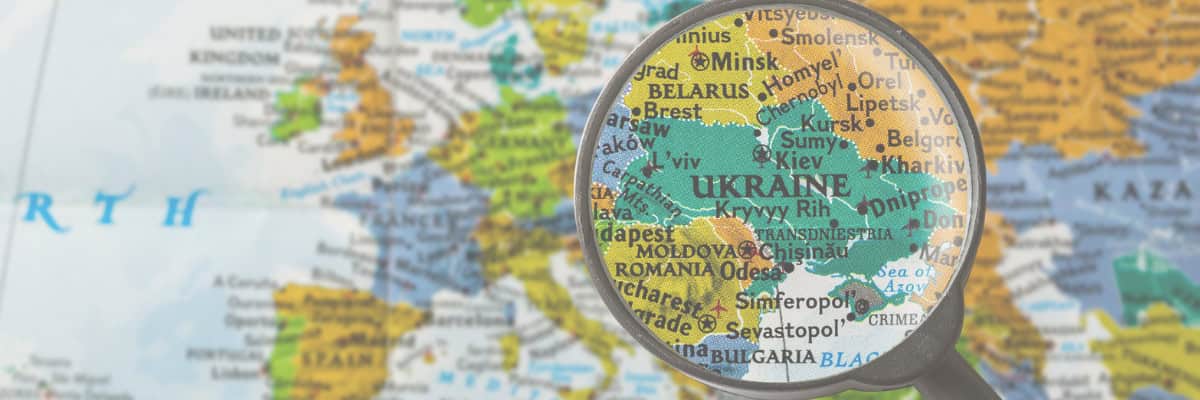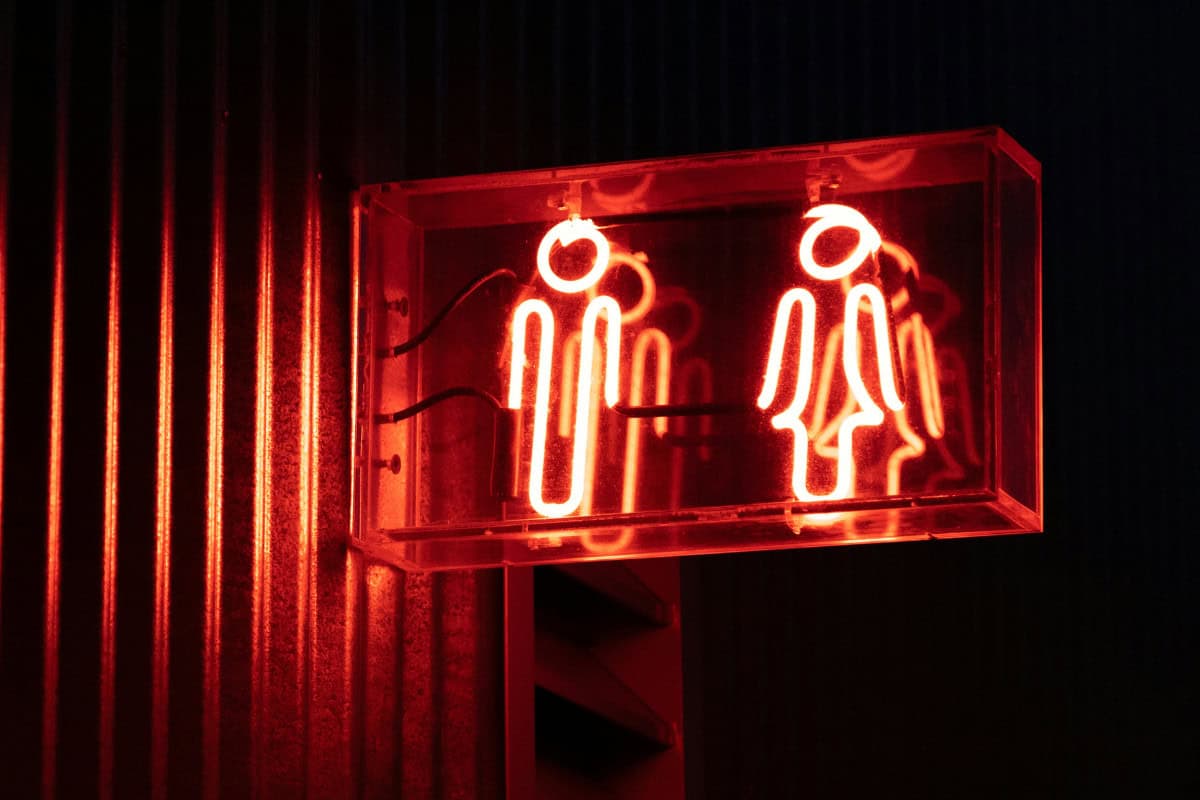The unanimity of Ukraine’s national identity
After 24 February 2022, when Russia began its full-scale invasion of Ukraine, Western leaders and media expressed surprise at the remarkable cohesion of Ukrainian society and its practically unanimous support for continuing to fight until all of Ukraine’s territory was recovered.
Two factors help explain this public mood.
First, the invasion amplified pre-existing trends in the evolution of Ukrainian national identity that had been gathering momentum since Ukraine’s achievement of independence and, especially, Russia’s occupation of Crimea and incursion into Ukraine’s east in 2014.
As one scholar put it, “Ukraine has become more Ukrainian.” 1
Second, this “Ukrainianness” is increasingly imagined by Ukrainians as flowing largely from their being citizens of Ukraine.
The history of the modern Ukrainian national project
The modern Ukrainian national project, like others in East and Central Europe, began in the nineteenth century with the celebration by intellectuals of the language and folklore of ordinary people.
The political phase of this project — the quest for political sovereignty for this culturally defined nation — presupposed the delineation of an essential attribute of nation-statehood: a territory.
In the 1870s the political theorist Mykhailo Drahomanov defined Ukraine as the land where the majority of the rural population consisted of people who “resemble each other in language and custom to a degree that is seldom observed in such large countries.” 2
To invoke Hans Kohn’s old, reductive, but useful contrast between “ethnic” and “civic” nationalisms, in its origins the Ukrainian national project was “ethnic,” but already its earliest articulators recognised that Ukrainians shared their territory with people of other ethnicities who would need to be accommodated in a future Ukrainian state on the basis of values or sentiments other than those grounded in ethnic affinity.
Ukrainian national identity was imagined from the very beginning as having a “civic” component.
These developments occurred in reaction against the subordinate status of Ukrainians in the Russian and Habsburg empires, where native elites had generally assimilated to dominant cultures, while the disempowered majority and its few intellectual champions bore the stigma of provinciality and underdevelopment.
This colonial state of affairs was essentially replicated in the Soviet period and did not end with formal independence.
Ukraine conferred citizenship on all who lived within the borders of the former Ukrainian Soviet Socialist Republic. Minority rights, including the right to education in one’s own language, were inscribed into the constitution.
The minority that had the greatest political weight was, of course, the Russians (about 17% of the population). Additionally, many ethnic Ukrainians spoke Russian as their preferred language and manifested other affinities with Russian culture.
The rise of Ukrainian self-idenfication
Up to 2014, the political life of the country largely consisted of tussles between the anticolonial part of the electorate and those still attached to Soviet-era values and worldviews.
These differences were reflected in debates on language legislation, education, and citizenship (in particular, the acceptability of dual citizenship).
Yet, changes in the self-identification of Ukrainians were spontaneously taking place.
Identification with the Ukrainian state and the main cultural symbol of Ukrainianness, the Ukrainian language, steadily and sometimes quickly increased.
The trend was, plausibly, the result partly of the very existence of a Ukrainian state and its institutions, and partly of threats to Ukraine’s democratic sovereignty such as those to which the Orange Revolution of 2004 and the Euromaidan of 2013-2014 were responses.
An authoritative study reported that in 1992, 69.7% of its respondents claimed to be of Ukrainian “nationality” (this term in post-Soviet parlance corresponds to “ethnicity”).
By 2012, this figure was 84.3% and in 2018, four years into the war in Ukraine’s east, 91.1%. 3 The magnitude of the increase was too great to be explained only by the loss from the sample of persons likely to claim Russian nationality in territories under occupation.
Likewise, percentages of respondents choosing to name “Ukrainian citizen” as their primary identity grew from 41.3% in 1992 to 58.6% in 2018.
The change was in large part due to dramatic increases in the parts of Ukraine that were widely imagined to be oriented toward Russia.
Research also revealed that Ukrainians considered citizenship more important than ethnicity, and much more important than language and region, as a focus of identity. 4
The evolution of Ukrainian identity
A feature of the evolution of Ukrainian identity is the transformation of language, generally thought of as the core of ethno-cultural identity, into a symbol of Ukrainian civic identity: professed attachment to the Ukrainian language (if not its regular use) increasingly signals attachment to Ukraine itself.
In 2012, for example, while the proportion of respondents self-identifying as native speakers of Ukrainian was 66.4%, 5 another survey in the same year found the proportion who regularly used Ukrainian to be 44%.
In the wake of 24 February, society-wide outrage at Russia’s invasion boosted the trends outlined above to the point where anticolonial sentiment is practically universal.
Support for the removal of monuments and the changing of street names that celebrate Soviet or Russian figures rose to 76%.
On the eve of the invasion, support for Russian to be a state language alongside Ukrainian was still 25%; by 19 March it was 7%.
Meanwhile, the proportion of people claiming to be native speakers of Ukrainian had risen to a record 76%; the percentage reporting as native speakers of Russian had plummeted to 18%.
The phenomena that these figures attest to are vividly illustrated and reported in mainstream and social media.
Attachment to Ukraine as a civic-territorial entity is reflected in such simple statements on hand-held placards as “Mariupol is Ukraine” or “Kherson is Ukraine” (written mostly in Ukrainian, but often in Russian).
The famous meme, “Russian warship, go f* yourself,” is in Russian. Changing language ideology has made the Ukrainian language a rallying symbol for the Ukrainian nation as a whole; language practice has shifted far less.
Official discourse, especially the speeches of President Volodymyr Zelensky, reiterates motifs connected to civic identity: democratic sovereignty, Ukraine’s territorial integrity, and the nation’s shared future.
Symbols of cultural identity are less frequently invoked, and Zelensky almost never refers to Ukrainian history: evidently, he sees historical narratives as potentially polarising, rather than uniting, Ukrainians.
Unlike February’s invasion, which could not reasonably have been predicted, the changes in the forms of national self-identification that followed are extensions of processes that have been in train since the first Russian invasions of 2014 and, indeed, since independence in 1991.
Their trajectory and amplitude after 24 February can have surprised no-one familiar with the extensive research on contemporary Ukrainian identities.
There is a lesson here for autocrats contemplating neo-imperialist adventures: read the research before you leap.
References
- Dominique Arel, “How Ukraine Has Become More Ukrainian,” Post-Soviet Affairs, 34.2-3 (2018): 186-189, DOI: 10.1080/1060586X.2018.1445460, 186
- Mykhailo Drahomanov, “‘Perednie slovo’ [do “Hromady” 1878 r.] (Foreword [to Hromada, 1878]), in Mykhailo Drahomanov, Vybrane (Kyiv: Lybid’, 1991), 276-326, 276.
- Alberto Veira-Ramos and Tetiana Liubyva, “Ukrainian Identities in Transformation,” in Alberto Veira-Ramos, Tetiana Liubyva and Evgenii Golovakha, eds., Ukraine in Transformation (Houndmills: Palgrave Macmillan, 2020), 211.
- Lowell Barrington, “Citizenship as a Cornerstone of Civic National Identity in Ukraine,” Post-Soviet Affairs 37.2 (2021): 155-173, DOI: 10.1080/1060586X.2020.1851541, 156.
- Veira-Ramos and Liubyva, 211.




